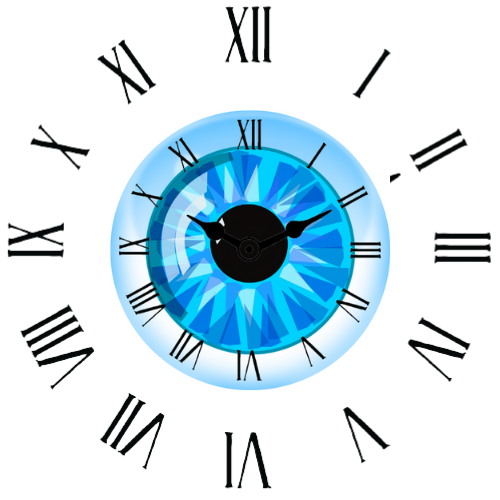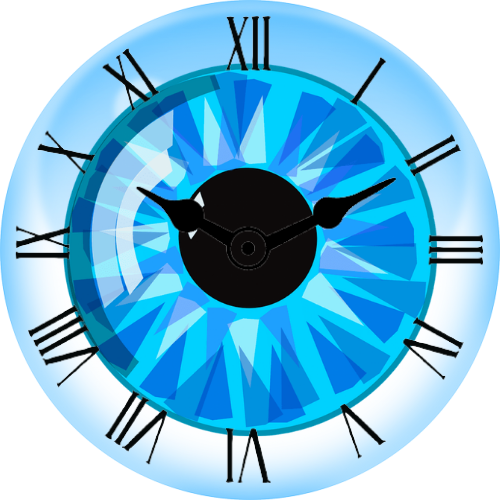In our increasingly interconnected digital world data communication is the vital ingredient that connects us. Understanding how various modes of data transmission work is crucial to designing efficient and reliable networks. From the one-way simplicity of simplex communications to the bidirectional nature that is full-duplex communications different methods determine how data is transmitted and received.
Hardware in a communications circuit uses a variety of methods to send data effectively. These include desmultiplexing and multiplexing. These are processes that combine or separate signals, and then transmit them as one www.bigdataroom.net/virtual-data-room-for-business multi-channel signal. This maximizes bandwidth and reduces costs. Error detecting code and signal amplifiers also reduce data corruption from electromagnetic disturbances or other noise that may change bits of information as they travel across the channel of communication.
Data communications also include an array (protocol) of rules that are followed by both the computers of the sender as well as the receiver. These rules ensure that the message is received and understood.
The sender is the computer or device that generates and sends the message, which could be in the form of numbers, text, pictures, sound or video. The receiver is the device or computer that receives the message, which may be the same as the sender, or different. The transmission medium is a physical pathway that connects the sender and the receiver. It can be wired such as fiber optic cable, or wireless, like lasers or radio waves.

